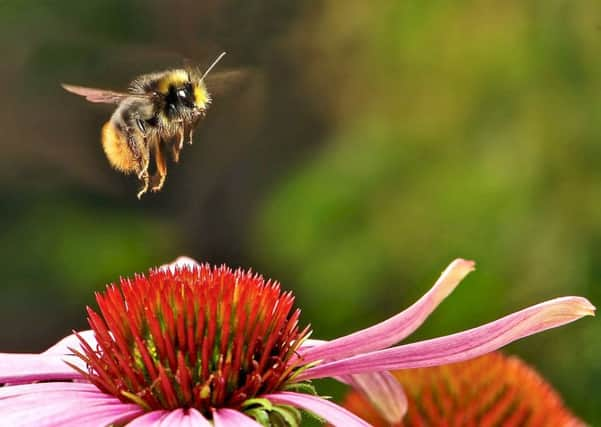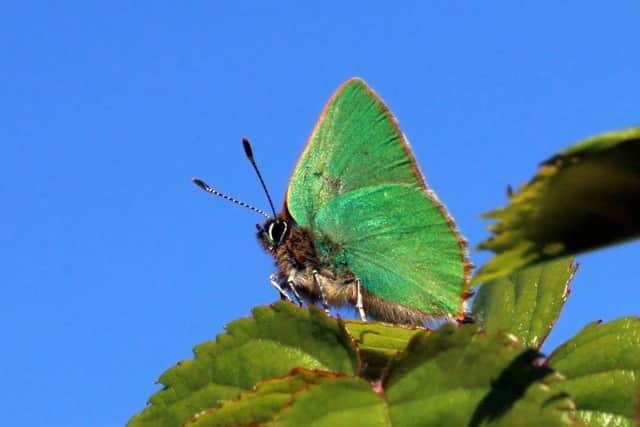Scotland's native insects at severe risk from climate change


The research from Aberdeen University highlights that insects in high-latitude ecosystems such as Scotland are just as at risk as tropical species.
The study, published in Nature Climate Change, found that native species, like the bumblebee will endure major decline when compared to similar species in the tropics.
Advertisement
Hide AdAdvertisement
Hide AdThese endemic, high-latitude species have very low warming tolerances.


Some potentially threatened species included in the study include a wide range of rare and locally restricted beetle and moth species that serve critical functions for pollination and nutrient cycling in northern ecosytems.
Scientists found that agricultural pests that were not native to high latitude climates - insects such as fruit flies and mealworm beetles - would be able to withstand future levels of warming at high latitude.
These recently arrived species retain thermal tolerances to the warmer climates from which they originated.
For example, invasive termites have only recently colonized higher latitudes as a result of human activities, and these insects therefore have broad tolerances to warming which will buffer them against future climate change.


Dr Lesley Lancaster from the University of Aberdeen carried out the study by re-examining published data on insect thermal tolerances, and identifying how these tolerances are affected by the historical patterns of range movements in these species.
She said: “The result of this study is quite novel in that it has shown that climate change is a huge problem for a wide range of native species that we previously thought would be able to withstand temperature changes.
“These results have very important conservation implications, particularly for high-latitude ecosystems. It is important to realise that recently-cosmopolitan species, such as pests, will likely replace the more unique and valued high latitude species, if we do not do enough to mitigate climate change.”
